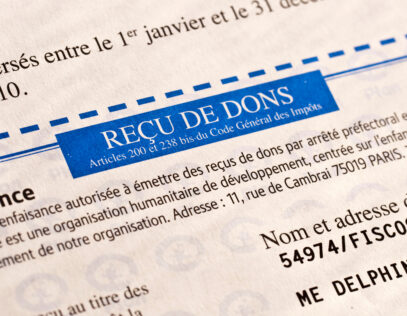If I had a dollar for every time I’ve heard someone who’s new to transfer pricing ask me why the comparable companies in one of their reports are not their local competitors…I wouldn’t be writing this blog (or at least I’d be writing it on the beach). Given this, I thought I’d share my explanation here.
When comparing the profitability of a tested party using a transactional net margin method or comparable profits method (TNMM/CPM)—which are used in a significant majority of transfer pricing analyses—product comparability takes a backseat to functional comparability. The logic is that it is the tested party’s functions (along with risks assumed and assets employed) that create the profit margin, not necessarily the product.
Let’s look at distributors as our example. Regardless of the products they sell, distributors have specific functions—inventory management, logistics, and marketing—that drive their ability to generate revenue and control costs. These functions have a direct impact on the profit margin. Similarly, receivables risk, and physical assets such as warehousing, are also key to a distributor’s margin. Whether the particular distributor is selling plumbing products or office furniture, these characteristics remain consistent.
Granted, you might argue that certain products are “unique” and require comparables within the same industry—and in certain circumstances, you’d be right. For instance, what if your tested party is a frozen-food distributor, which requires storage conditions very different from our plumbing supply example. In a case like this, we would strive to find comparable distribution companies that similarly deal with frozen foods—we may even expand this out to include fresh foods.
The important point here is that we would reject a comparable that manufactures frozen foods but accept a comparable that only distributes coffee and other dry foods. Why? Because the frozen food manufacturer has very different functional characteristics that will impact its margin, we wind up comparing apples to oranges (food pun intended). In other words, while the product comparability of the coffee distributor is not optimal, its margin is a much better comparison of what our tested party should be earning.
We applied this very concept when we structured out transfer pricing benchmark search engine. It specifically focuses on the function of the tested party, and returns functionally similar comparables, rather than rely on industry codes or keywords, which offer a much weaker correlation to functional characteristics and require much trial and error by the user to come up with a decent set of comps.








